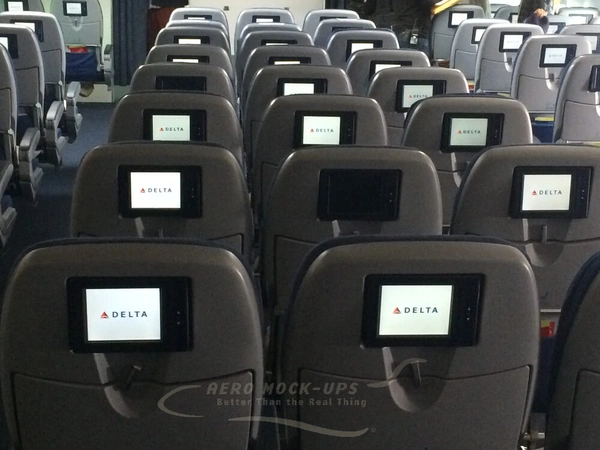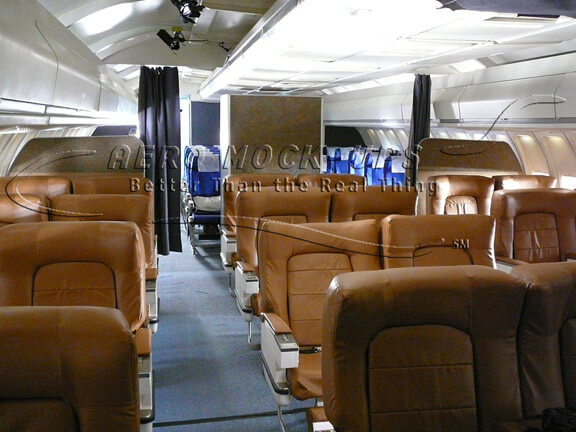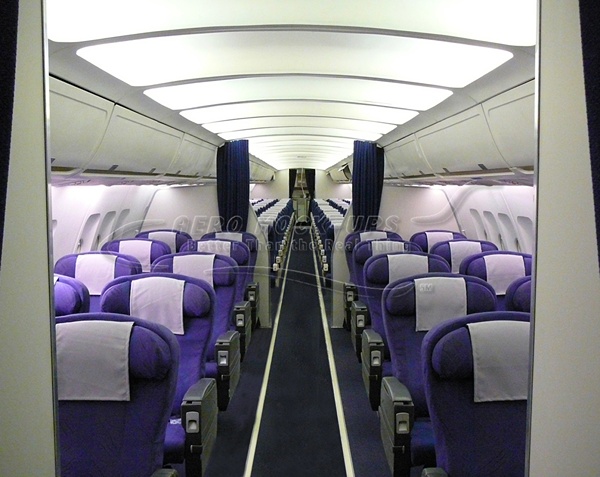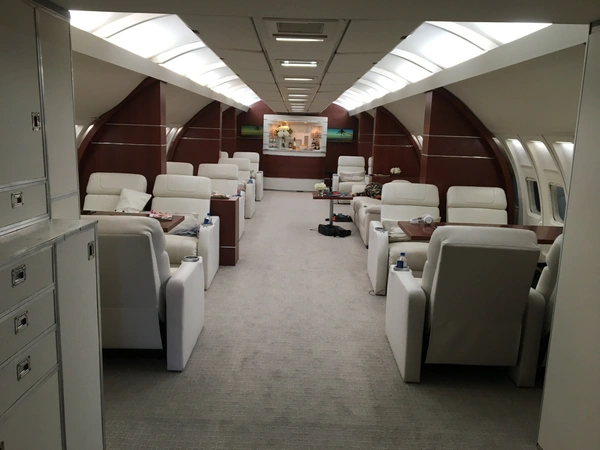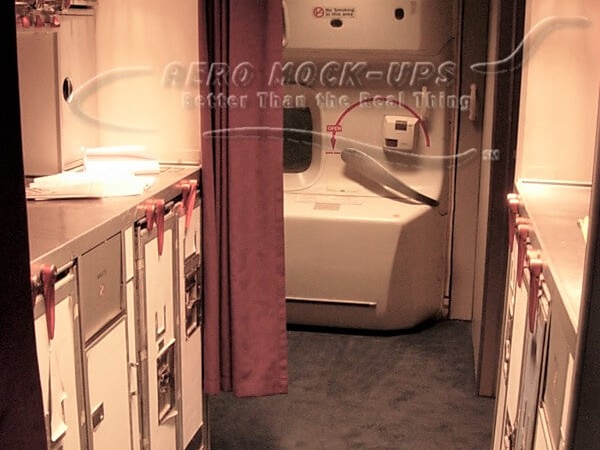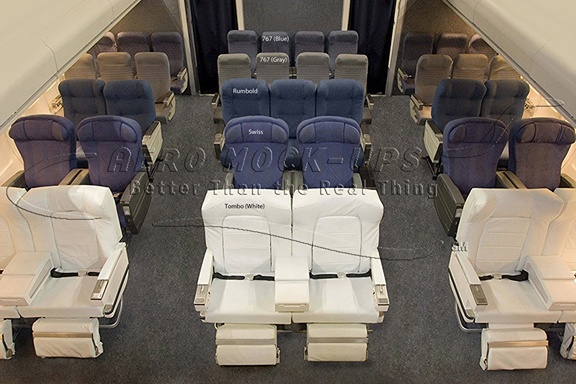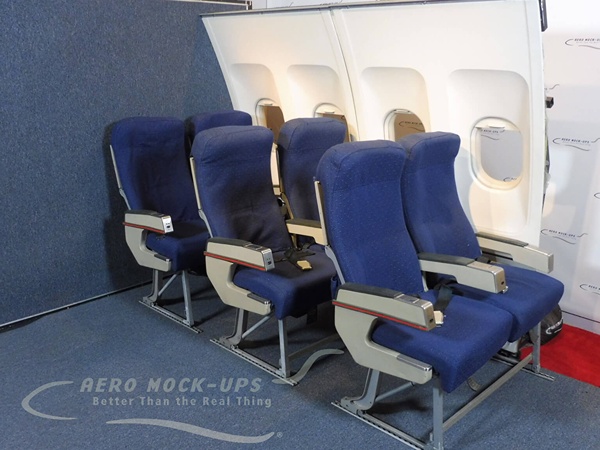Featured Aviation Sets

Aviation Sets & Prop Rentals
We help productions create authentic aviation scenes with airline cabins, private jets, and airport terminal sets designed for flexibility and speed. Our Los Angeles facility offers film-friendly standing sets and complimentary gear, while our East Coast storage provides cockpit and cabin mockups. Every rental includes aviation, airplane, airport, and private jet props, plus set dressing and crew wardrobe. Now expanding to Germany, we bring high-quality aviation sets worldwide. Whether on location or in our studio, we’ll help your production take flight. Browse our inventory or contact us today!
Featured Credits

The Killer

Hacks

In Flight

Yellowjackets

Grey's Anatomy
Need Your Order Fast?
Please help us respond to your Quote Requests faster with these 3 easy steps:
SIGN UP NOWVisit our Prop House
Let's Chat
Aero Mock-Ups13126 Saticoy St
North Hollywood, CA 91605 (888) 662-5877 (818) 982-7327 Contact Us
Visit Us
Monday to Friday 8:00am to 3:30pm. We have parking for over 50 cars.


